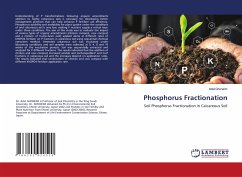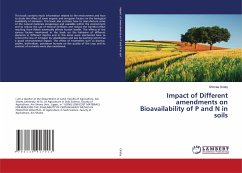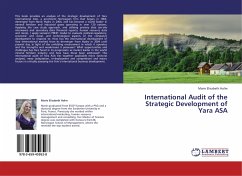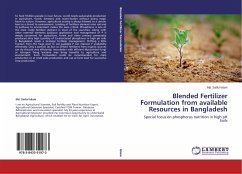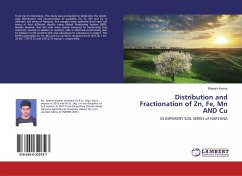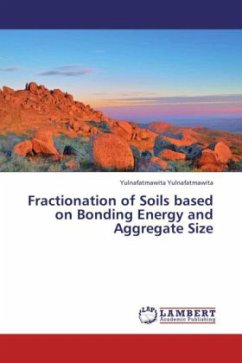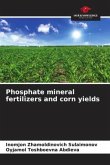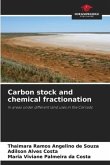Understanding of P transformations following organic amendments addition to highly calcareous soils is necessary for developing better management practices that can help enhance P fertilizer use efficiency. Phosphorus solubility and availability for plant uptake under the conditions of arid calcareous soil is very low, making P nutrient supply a critical issue under these conditions. The aim of this study was to evaluate the impact of various types of organic amendments (chicken compost, cow compost and a mixture of humic-fulvic acid) applied alone at different rates of KH2PO4 fertilizer on P fractions in calcareous soil using sequential chemical extraction method. Amended calcareous soil was incubated under laboratory conditions and soil samples were collected at 0, 4, 8 and 16 weeks of the incubation periods. Soil was sequentially extracted and analyzed for P different fractions. The results indicated that the addition of chicken and cow compost increased soluble and exchangeable-P and Ca-P fractions in calcareous soil and the increases depend on application rates. The results indicated that combination of chicken and cow compost with different KH2PO4 fertilizer application rate.
Bitte wählen Sie Ihr Anliegen aus.
Rechnungen
Retourenschein anfordern
Bestellstatus
Storno

